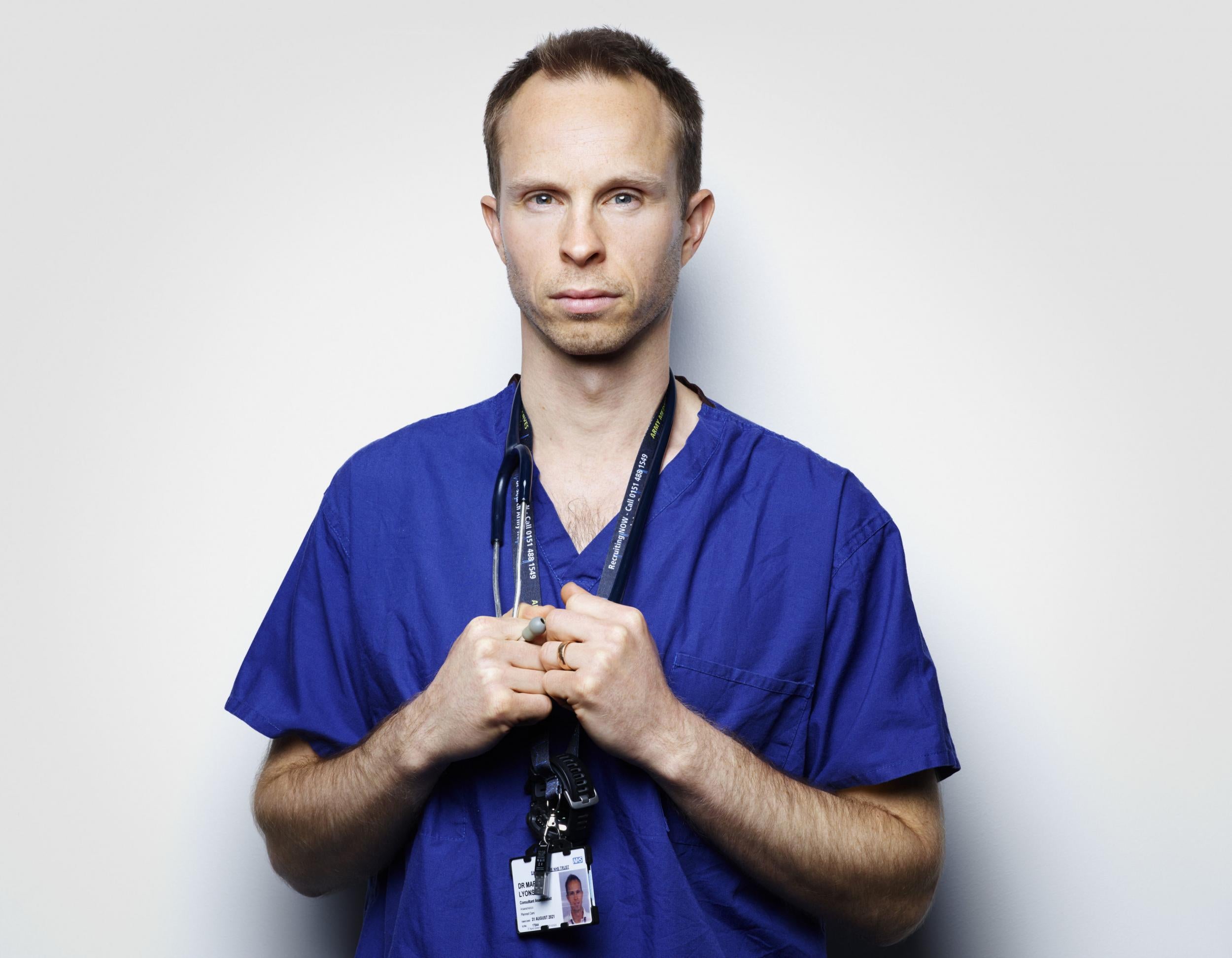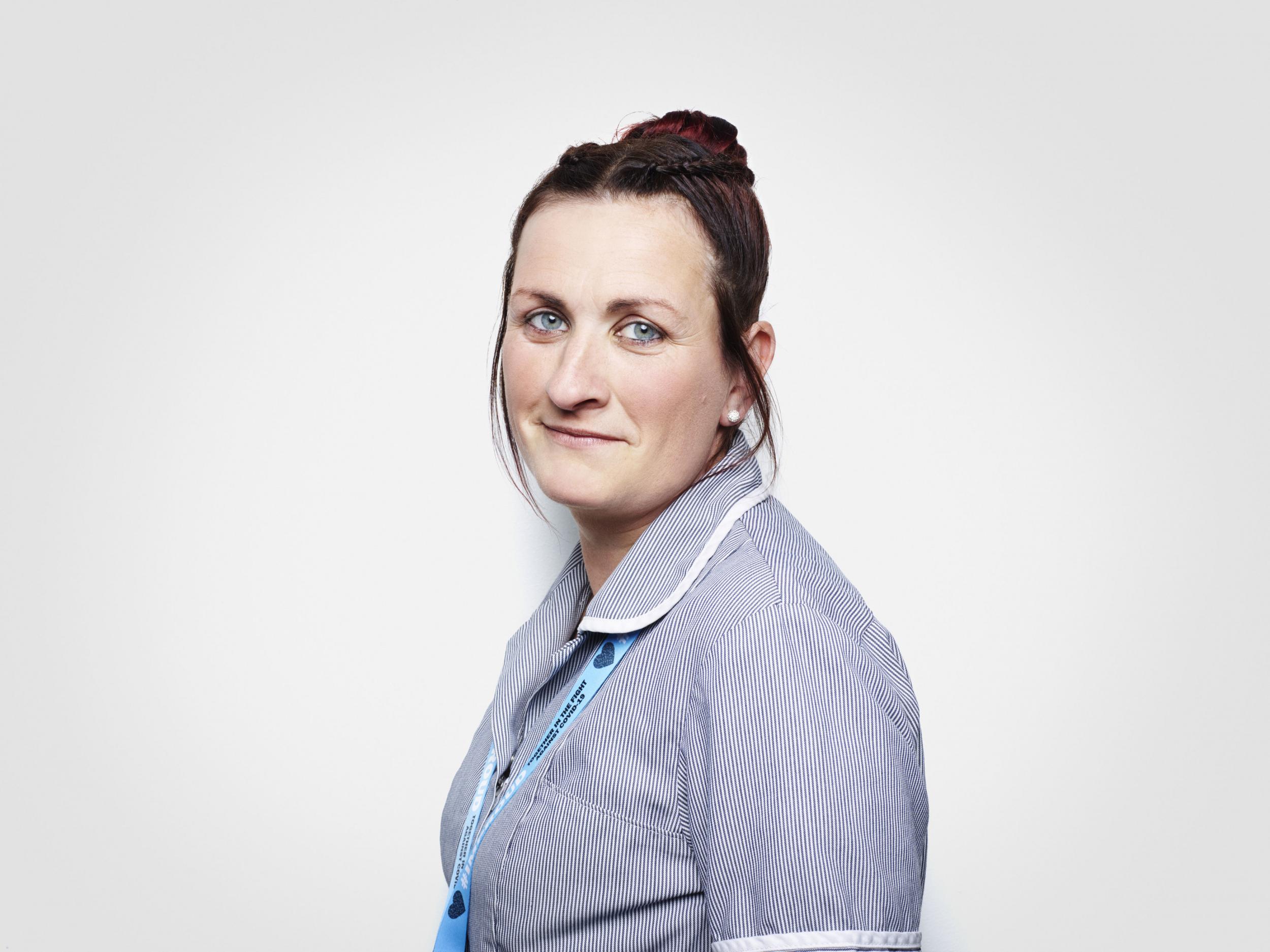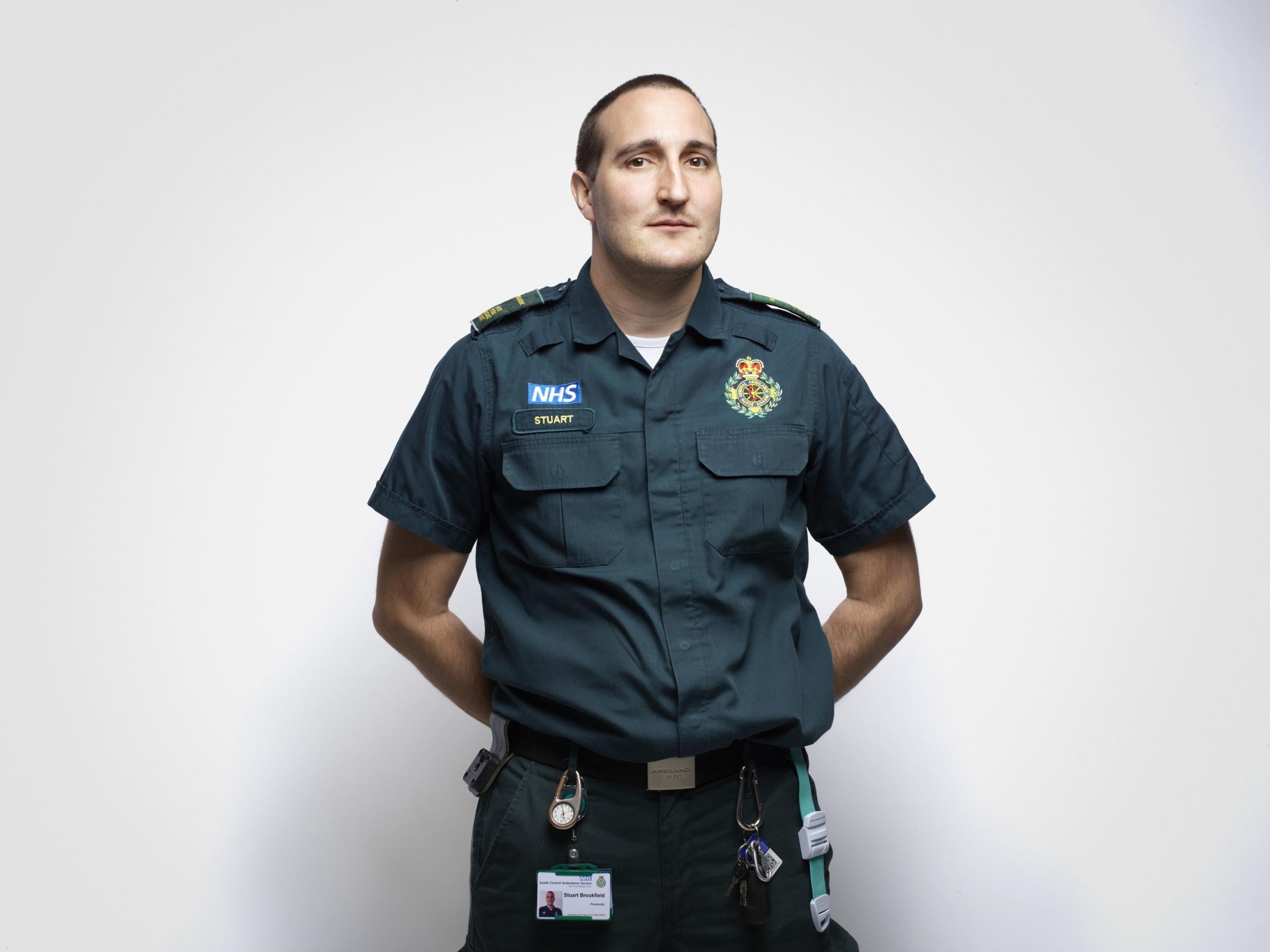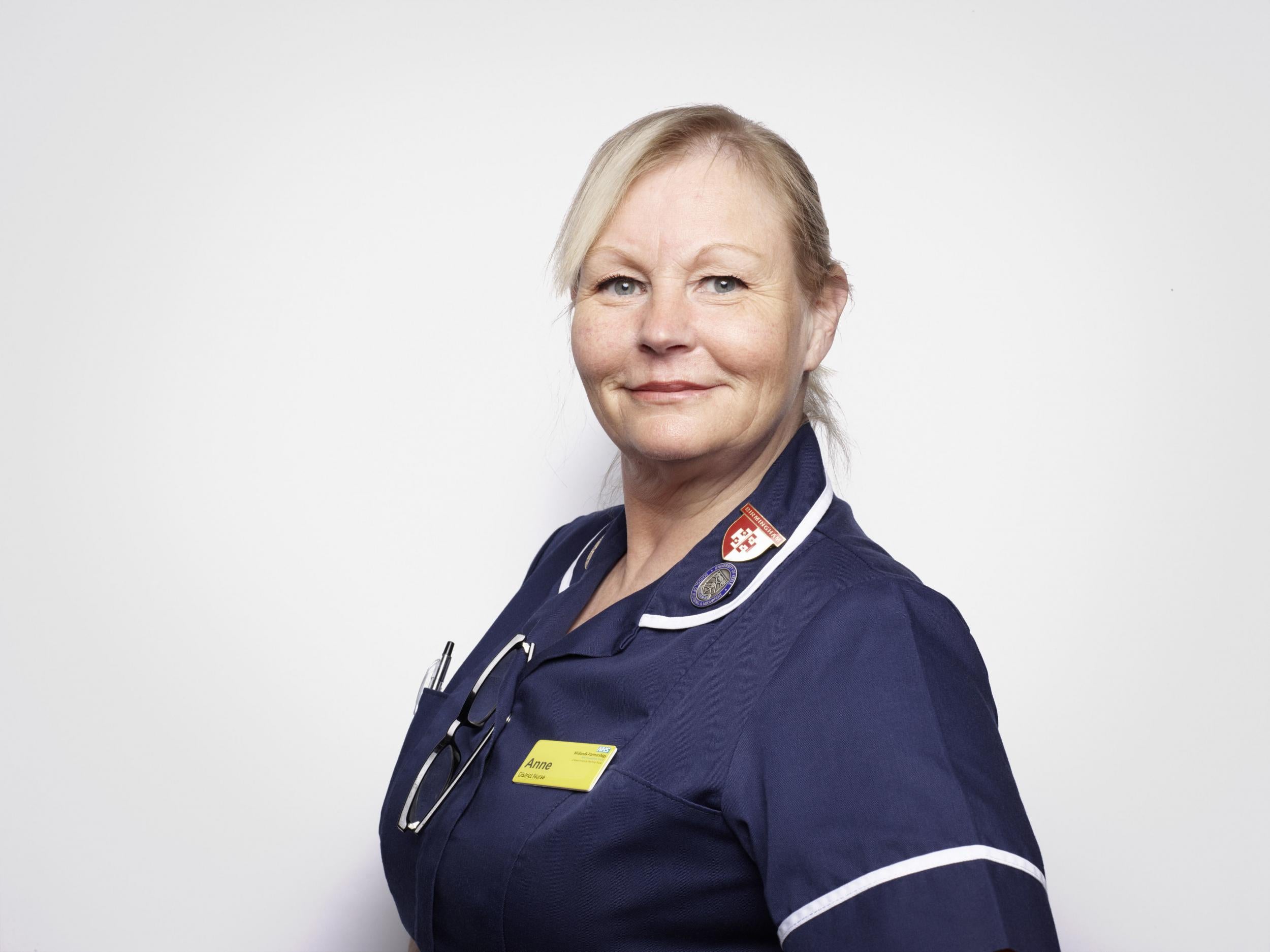With a swathe of lockdown restrictions due to be lifted on ‘super Saturday’ this weekend, new statistics showed that there are still 36 parts of England where coronavirus cases have been increasing.
Release from lockdown was put on hold in Leicester as authorities moved to damp down an upsurge in infections which saw the Midlands city record 10 per cent of all positive cases in England in the past week.
Its infection rate of 135 cases per 100,000 over the seven-day period was three times higher than the next worst-affected city in the country.
Download the new Independent Premium app
Sharing the full story, not just the headlines
But figures from Public Health England (PHE) showed that other areas had also experienced increases in positive cases between the weeks of 13-19 June and 20-26 June.
Doncaster recorded a rise from 11 to 32 in the number of positive cases over the period, while Derbyshire’s figure increased from 23 to 25, Medway from 10 to 17 and Sandwell from 8 to 10.


1/12 Marc Lyons
ICU Consultant, East Cheshire NHS Trust
PA

2/12 Emma Kelly
Critical Care Nurse, Manchester University NHS Foundation Trust
PA

3/12 Laura Arrowsmith
COVID-19 Ward Cleaner, Leighton Hospital, Crewe
PA

4/12 Stuart Brookfield
Paramedic, South Central Ambulance Service NHS Foundation Trust
PA

5/12 Claudia Anghel
Midwife, University Hospital Coventry and Warwickshire
PA

6/12 Sarah Jensen
Chief Information Officer, Barts Health NHS Trust
PA

7/12 Anne Roberts
District Nurse, Midlands Partnership NHS Foundation Trust
PA

8/12 Ali Abdi
Porter, University Hospitals Bristol NHS Foundation Trust
PA

9/12 Jack Hannay Manikum
111 call handler, West Midlands Ambulance Service
PA

10/12 Ade Williams
Superintendent Pharmacist, Bedminster Pharmacy in Bristol
PA

11/12 Farzana Hussain
GP, Project Surgery, Newham
PA

12/12 Roopak Khara
General Adult Psychiatrist, West London NHS Trust
PA

1/12 Marc Lyons
ICU Consultant, East Cheshire NHS Trust
PA

2/12 Emma Kelly
Critical Care Nurse, Manchester University NHS Foundation Trust
PA

3/12 Laura Arrowsmith
COVID-19 Ward Cleaner, Leighton Hospital, Crewe
PA

4/12 Stuart Brookfield
Paramedic, South Central Ambulance Service NHS Foundation Trust
PA

5/12 Claudia Anghel
Midwife, University Hospital Coventry and Warwickshire
PA

6/12 Sarah Jensen
Chief Information Officer, Barts Health NHS Trust
PA

7/12 Anne Roberts
District Nurse, Midlands Partnership NHS Foundation Trust
PA

8/12 Ali Abdi
Porter, University Hospitals Bristol NHS Foundation Trust
PA

9/12 Jack Hannay Manikum
111 call handler, West Midlands Ambulance Service
PA

10/12 Ade Williams
Superintendent Pharmacist, Bedminster Pharmacy in Bristol
PA

11/12 Farzana Hussain
GP, Project Surgery, Newham
PA

12/12 Roopak Khara
General Adult Psychiatrist, West London NHS Trust
PA
Some of the sharpest increases were in London boroughs, where the weekly figure rose from 7 to 18 in Hammersmith & Fulham, from 9 to 15 in Hounslow, 5 to 14 in Ealing, 6 to 14 in Westminster, 7 to 13 in Brent and 8 to 12 in Kensington and Chelsea.
Many other council areas which had seen no cases in the first week recorded one or two in the second, while other experienced small numerical increases of one or two cases from a very low base.
The increasing rates of infection in dozens of areas across the country has led to fears from some experts more local lockdowns could be on the way.
“I am expecting there to be a number of Leicesters,” Prof Deenan Pillay, a virologist at UCL and member of the influential Independent Sage group told The Guardian.
“The base level of infections going on in the UK is still much higher than it was in other countries in Europe when they started to release their lockdowns.”
The latest news on Brexit, politics and beyond direct to your inbox
The government’s five tests for relaxing lockdown include a requirement for the rate of infection to be decreasing to “manageable levels”. But the test does not state that infections must be falling across the country.
PHE said it would be wrong to use the figures to predict possible coronavirus hotspots which might need lockdown restrictions reimposed in future.
A spokesperson said that the figures broken down by local authority area were used “as one of a number of indicators to help us and partner organisations to identify trends in local areas and to take action accordingly”.
“To use these data in isolation to predict which areas will see significant increases in cases is not appropriate as they do not provide a complete picture of what is happening locally.”
Dr Rupert Suckling, director of public health at Doncaster Council said that the rise in positive tests in the town “coincided with widespread testing in our care homes where we identified a number of asymptomatic positive cases”.
He added: “We have also seen cases in health and care workers, with sporadic cases in schools. However, the weekly testing from the week 8-14 June shows a significant reduction.
“We are not complacent and encourage everyone with symptoms to self-isolate and arrange to be tested. We are working closely with the local Public Health England centre which has not raised any concerns with us.”
Nick Fletcher, the MP for Don Valley, told The Yorkshire Post : “The increase in numbers was due to the increase in testing, we’re still testing at these high levels now and there’s been a significant reduction in cases but we can’t be complacent, the last thing we want to see is a rise.”


